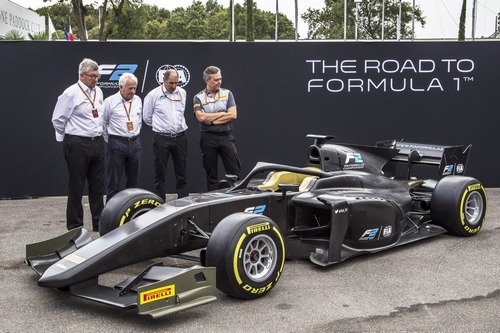
Following a meeting of the World Motorsport Council on Thursday in Paris, the FIA announced the restructuring of the FIA Superlicense requirements. The changes increase the need for experience in Formula 2 or IndyCar, while also adding making several other series eligible for qualification.

The points system will still require 40 license points within a three-year period. The top three drivers in the Formula 2 series will automatically qualify for a Superlicense, with the IndyCar champion also receiving the required 40 points. There will 30 points available for the runner-up of the IndyCar season, 20 points for the third-place finisher and points for other drivers that finish within the top 10 in the championship.
Formula 3’s points have been reduced so that the championship winner no longer receives the 40 required points, instead only receiving 30. The same change has been made to Formula-E and the LMP1 class of the World Endurance Championship. However, the points have been increased for drivers finishing further down the championship order in LMP1.
The GP3 champion only receives 25 points, which is 5 less than before the changes. The Formula V8 series took a serious hit, having their points slashed from 30 to 20 for the championship winner, also restricting the license points to only the top nine drivers. The top six in the Super Formula series also receive a reduced amount of points now.
The changes weren’t all reductions, as the FIA also announced that NASCAR, IMSA and Indy Lights will also count towards the FIA Superlicense points. Road course rounds in these series must be held on FIA homologated tracks.
The new license structure promotes Formula 2 and IndyCar, by now making those series the only two in which a driver can automatically qualify for the FIA Superlicense required to race in Formula One.